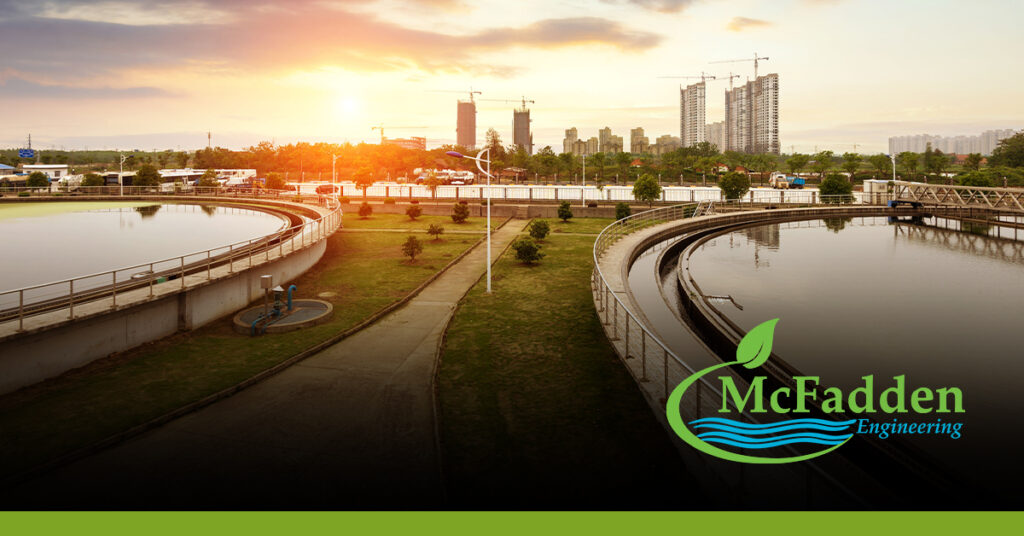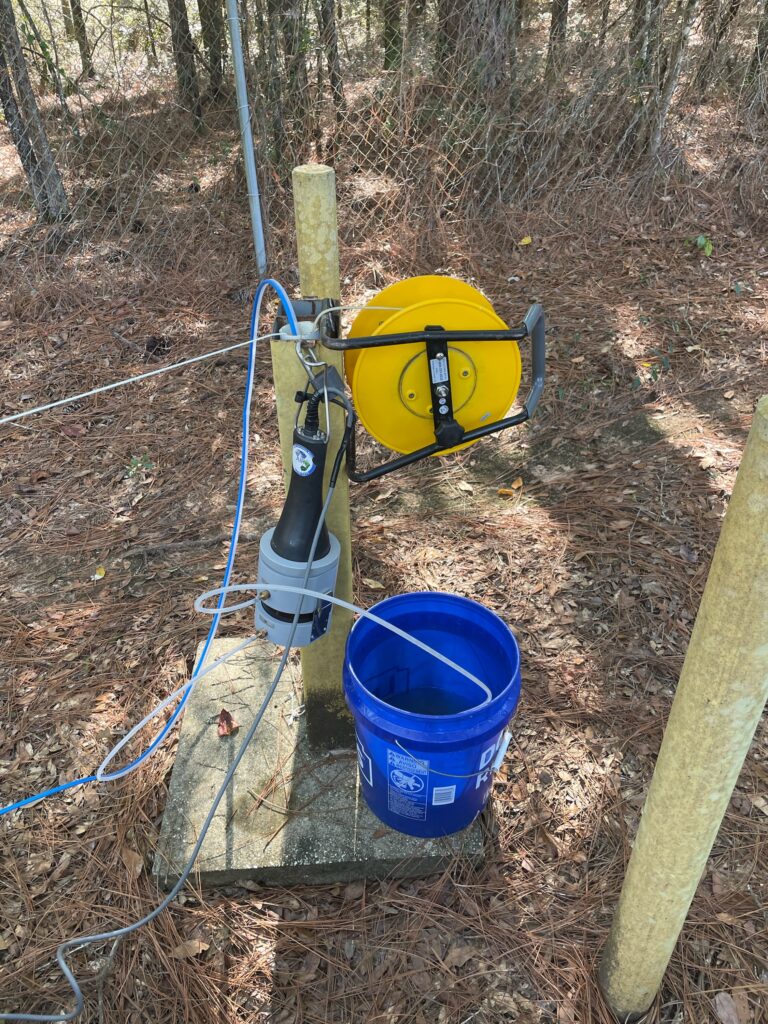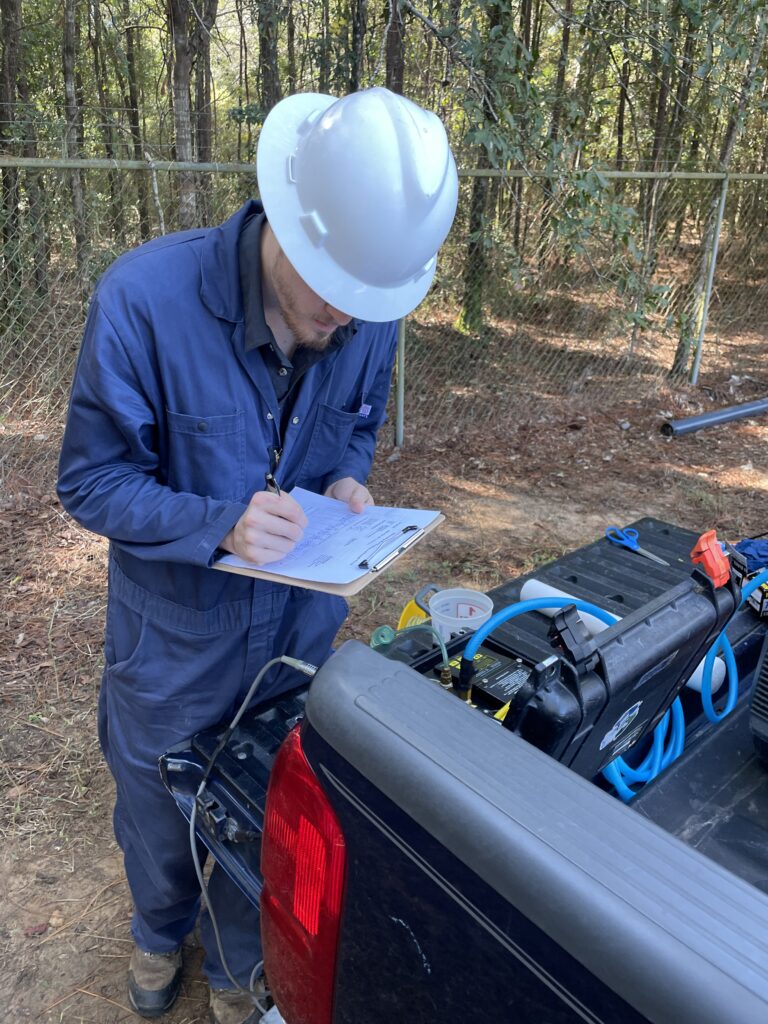Low Flow Groundwater Sampling – The Industry Standard
November 22, 2022

The methods and objectives of groundwater sampling to assess water quality has evolved. Why do we sample groundwater? Typically to access environmental impacts to soil and groundwater from chemicals of concern (COCs) or volatile organic compounds (VOCs).
This can be a challenging task for geologists and engineers and one that is not always easily accomplished. Since the mid-1990s, low-flow sampling has become an increasingly popular method for obtaining high-quality groundwater samples and has become the established method for providing the most accurate groundwater sampling data for assessment purposes.
Traditional Groundwater Sampling
Before low-flow sampling technologies were implemented, the most common groundwater and sampling methodology were to purge a well using bailers or high-speed pumps. This method involved removing three to five casing volumes and following up with a sample collection. This more traditional method can have adverse impacts on sample quality and has the potential to produce an overestimation of certain metals or organic compounds. Through the work of Robert W. Puls and Michael J. Barcelona, in 1996 the United States Environmental Protection Agency (USEPA) released standard operating procedures for low-flow sampling. Following such guidelines ensures the collection of samples that are representative of water conditions.
Low Flow Purging and Sampling Procedures
Low-flow purging and sampling involve extracting groundwater at rates typically less than 500 ml/min so that the drawdown of the water level is minimized. This method reduces the mixing of stagnant groundwater with groundwater from the screened intake area which ensures the sample is more representative of the aquifer conditions.
The sampling process involves collecting the depth of groundwater in each monitoring well so groundwater elevation can be established for that specific location. This sampling process plays a key role in ensuring that the evacuation rate from the monitoring well is properly adjusted and maintained during the purging and sampling process. Before the sample is collected, the stabilization of water quality parameters such as pH, DO, conductivity, temperature, oxidation-reduction potential and turbidity of the purged water is monitored. By allowing the aquifer to equilibrate before sampling, low-flow methods produce samples that are representative of the formation water.


At McFadden Engineering, we implement the most effective and accurate environmental testing and solutions to water and wastewater problems, which is why we utilize low-flow purging methods on a variety of projects. To learn more about our work with low-flow purging, visit the links below or give us a call at 251-470-6870 or send us an email.